Dapagliflozin Ameliorates Cognitive Impairment in Aluminum-Chloride-Induced Alzheimer's Disease via Modulation of AMPK/mTOR, Oxidative Stress and Glucose Metabolism
- PMID: 37242536
- PMCID: PMC10223357
- DOI: 10.3390/ph16050753
Dapagliflozin Ameliorates Cognitive Impairment in Aluminum-Chloride-Induced Alzheimer's Disease via Modulation of AMPK/mTOR, Oxidative Stress and Glucose Metabolism
Abstract
Alzheimer's disease (AD) is a progressive neurological illness characterized by memory loss and cognitive deterioration. Dapagliflozin was suggested to attenuate the memory impairment associated with AD; however, its mechanisms were not fully elucidated. This study aims to examine the possible mechanisms of the neuroprotective effects of dapagliflozin against aluminum chloride (AlCl3)-induced AD. Rats were distributed into four groups: group 1 received saline, group 2 received AlCl3 (70 mg/kg) daily for 9 weeks, and groups 3 and 4 were administered AlCl3 (70 mg/kg) daily for 5 weeks. Dapagliflozin (1 mg/kg) and dapagliflozin (5 mg/kg) were then given daily with AlCl3 for another 4 weeks. Two behavioral experiments were performed: the Morris Water Maze (MWM) and the Y-maze spontaneous alternation (Y-maze) task. Histopathological alterations in the brain, as well as changes in acetylcholinesterase (AChE) and amyloid β (Aβ) peptide activities and oxidative stress (OS) markers, were all evaluated. A western blot analysis was used for the detection of phosphorylated 5' AMP-activated protein kinase (p-AMPK), phosphorylated mammalian target of Rapamycin (p-mTOR) and heme oxygenase-1 (HO-1). Tissue samples were collected for the isolation of glucose transporters (GLUTs) and glycolytic enzymes using PCR analysis, and brain glucose levels were also measured. The current data demonstrate that dapagliflozin represents a possible approach to combat AlCl3-induced AD in rats through inhibiting oxidative stress, enhancing glucose metabolism and activating AMPK signaling.
Keywords: AMPK pathway; Alzheimer’s disease; dapagliflozin; glucose metabolism; oxidative stress.
Conflict of interest statement
The authors declare no conflict of interest.
Figures
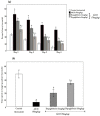
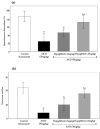
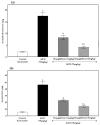
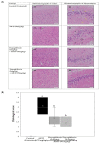
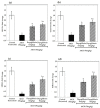
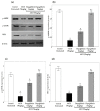

References
-
- Mahaman Y.A.R., Huang F., Salissou M.T.M., Yacouba M.B.M., Wang J.-Z., Liu R., Zhang B., Li H.-L., Zhu F., Wang X. Ferulic Acid Improves Synaptic Plasticity and Cognitive Impairments by Alleviating the PP2B/DARPP-32/PP1 Axis-Mediated STEP Increase and Aβ Burden in Alzheimer’s Disease. Neurotherapeutics. 2023 doi: 10.1007/s13311-023-01356-6. - DOI - PMC - PubMed
LinkOut - more resources
Full Text Sources
Miscellaneous

